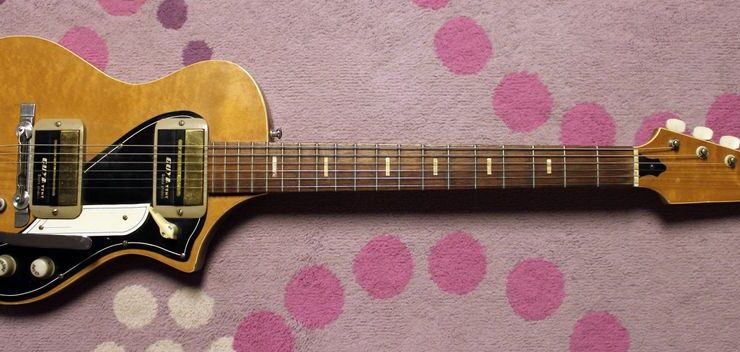
This post was originally published on this site

So, how many of you know about Pokémon, the popular video-game and card series? I missed out on the initial Pokémon craze of the ’90s, and its continuation while I later was toiling my way through college, but when my son was in kindergarten around 2016, we started to play Pokémon Go—another game in the Pokémon series—on my smartphone.
The game is impressive because it encourages you to venture outside, and man, did we ever get around! I discovered all sorts of parks, monuments, and landmarks in my area, and we got a lot of steps in.
One part of Pokémon is that you try to virtually “catch” all these crazy, animated creatures (the actual Pokémon) that you find around you, seen through the lens of your phone. Basically, you “throw” a small ball-shaped container at them to trap them, and on chance, you may catch them. If caught, you can then keep them in your collection until you let them out to fight other Pokémon. (Actually, it all sounds sort of horrible after I wrote that.) Anyhoo, the games are developed in Japan, and that’s where the next part of the story unfolds.
Many years ago, I became friendly with Hiroyuki Noguchi, the author of the excellent book, Bizarre Guitars. He was one of the first people to document the history of guitar production in Japan. His book is an excellent read (if you can read Japanese) and it has some awesome photos. Eventually I came to learn that almost all the guitars pictured in his book came from the collection of one man!
That collector, “Ashura” Benimaru Itoh, is the craziest cat in Japan, and the competition didn’t even come close. Noguchi took me to Itoh’s home during one of my trips there. Itoh lives in a big house in Tokyo. It dwarfs the surrounding domiciles, and right off, you knew this guy was loaded. And, it was a good thing his house is so large, because there are guitars everywhere! In the kitchen, bathroom, hallways, library…. It’s the most insanely cool and cluttered space I’ve ever encountered. Guitars are stacked like cord wood along the walls, and believe me when I say, these are all rare guitars. But it wasn’t just the house or the guitars. Itoh is known as the “Leopard Man,” because all of his clothes are covered in leopard spots. And if the fabric doesn’t come with spots, then he paints on his own!
“He showered me with gifts, took me out for a grand feast, and talked guitar history until the day dimmed.”
And, there’s more! Itoh was also one of the early design artists for…. You ready? POKÉMON!! Crazy, right? The catchphrase for Pokémon is, “Gotta catch ’em all!,” and this dude has caught them all when it comes to rare, vintage guitars. He showered me with gifts (I have all sorts of rare Pokémon stuff that I don’t know what to do with), took me out for a grand feast (where I ate the cooked eyeball out of a fish), and talked guitar history until the day dimmed.
He has quite a few gems in his collection, but there was one model that I really wanted to have in my hands—and that was the Guyatone LG-60. This is a late ’50s model that lovingly emulates my favorite Valco Dual and Triple Tone guitars. The Guyatone versions had art-deco design accents, such as the stacked pickguards with pinstripes, and came in two colors: honey blonde and black. I had rarely seen the LG-60 in the U.S., and not many have ever made it over here. The pickups look like humbuckers (they’re single-coils) and have gold, sparkle accents. A lack of truss rod and a very big neck are hallmarks of the model, along with a pickup selector, two volume knobs, and one tone knob. The LG-60 also features a set-neck design. Eventually, I found a LG-60 of my own that’s almost identical to Itoh’s version, except mine features an old Bigsby and a different headstock design.
Sometime, I want to talk to you all about eccentric guitar collectors, and believe me when I say, I’ve met a bunch! But Itoh is the king, the legend, the Leopard Man. And that dude has caught ’em all!






